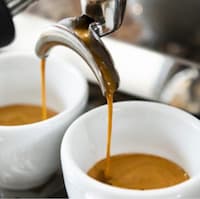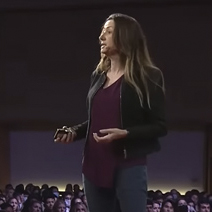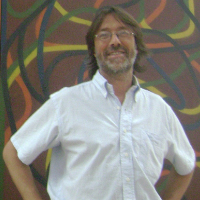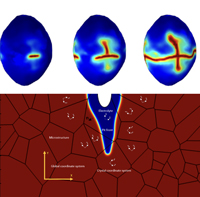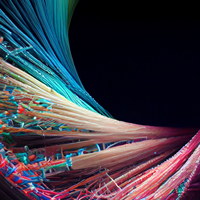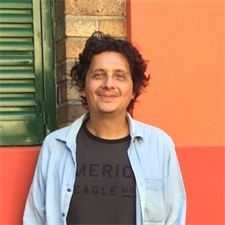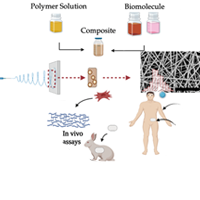events
Severo Ochoa Seminar -"Performance analysis of AM components based on printing pattern material characterization", by Michele Chiumenti
Wednesday, November 4th, 2020. Time: 12 noon
ONLINE! - Link for online session: meet.google.com/gzo-dhcu-hyt
ABSTRACT
In this work, the performance of industrial components made by Fused Filament Fabrication (FFF) is analysed. This Additive Manufacturing technology consists of the deposition of fused filaments of polymeric materials according to several printing patterns filling the component volume. The slicing tool (e.g. Cura, Magics, among others) defines the material deposition sequence (e.g. CLI or g-code formats) layer-by-layer.
Typically, the volume of the components to be printed is partitioned into three zones: the external contour, the top and the bottom covers and the inner (in-fill or lattice) structures.
The external contour and, eventually, the inner stiffener structures consist of aligned filaments stacked in the building (vertical) direction. The top and the bottom covers are made of ±45º crossed printing patterns. Finally, inner structures are used to fulfil the inner volume of the component. The ±45º crossed printing patterns as well as the honey comb are the most used infill structures.
The structural performance (e.g. stiffness, strength) as well as the weight of the printed component depends on 3 main printing parameters: the width of the external contour (number of aligned filaments through the wall thickness), the infill density and the orientation of the component into the printing chamber (i.e. the CAD orientation prior to the slicing operation).
In this work, a numerical tool is developed to optimize those parameters according to the actual in-service loading conditions. Thus, the computational domain is split into the same 3 regions as recommended by the slicer. Uniaxial tensile tests on several dog-bone specimens are performed to characterize the orthotropic material behaviour of the as-printed material for both the contour and the cover printing patterns. A Representative Volume Element (RVE) is chosen to tackle the inner structures of interest by a homogenization technique. As a result, an equivalent homogeneous but anisotropic constitutive behaviour is obtained.
Experiments on selected demonstrators are used to validate the proposed numerical model.
It is shown that the material characterization depends on the geometrical relationship of the different printing patterns, exclusively. Therefore, the exhaustive experimental procedure can be avoided by assuming the printed material can be characterized by a pre-defined orthotropic constitutive relationship (based on printing patterns) and proportional to the material properties of the raw material (i.e. filament properties).
The model proposed may be used as a design-for-manufacture (DFAM) approach to create functional components.
SPEAKER CV
Civil Engineer and MCs in Structural Analysis (Politecnico di Milano, 1994) / Ingeniero de Caminos, Canales y Puertos (Universitat Politécnica de Catalunya - UPC, 2004); D. degree as Dr. Ingeniero de Caminos, Canales y Puertos (UPC, 1999).
Tenured Professor of Continuum Mechanics and Structural Analysis (Dept. of Strength of Material and Structure Analysis RMEE, UPC, since 2004); Deputy Director of Master and Doctoral programs in Civil Engineering (Civil engineering School of UPC, since 2012); Full Research Professor (Structural Mechanics group) at the International Centre for Numerical Methods in Engineering; and CIMNE Software developer and product manager (VULCAN software) at Quantech-ATZ.
Member of the Spanish Society for Numerical Methods in Engineering (SEMNI) since 1999. Referee for 8 international Scientific Journals. Project leader several financed European and Spanish research projects, mainly related to the development of Finite Element (FE) based technologies for the numerical simulation of coupled thermo-mechanical analysis of metal forming processes for the manufacturing industry.


